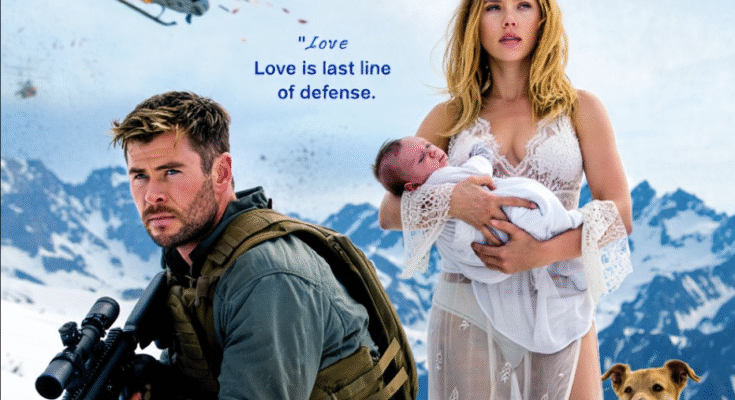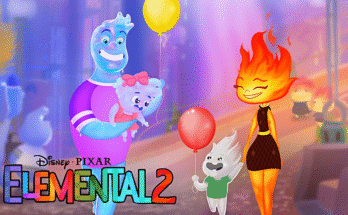Following in the legacy of war dramas like American Sniper, Canadian Sniper (2024) steps into the crosshairs with its own story of sacrifice, endurance, and the hidden toll of war. Rather than glamourizing combat, the film roots itself in stark realism — exploring not only the skill of one man behind the rifle, but the emotional fracture lines that extend far beyond the battlefield.
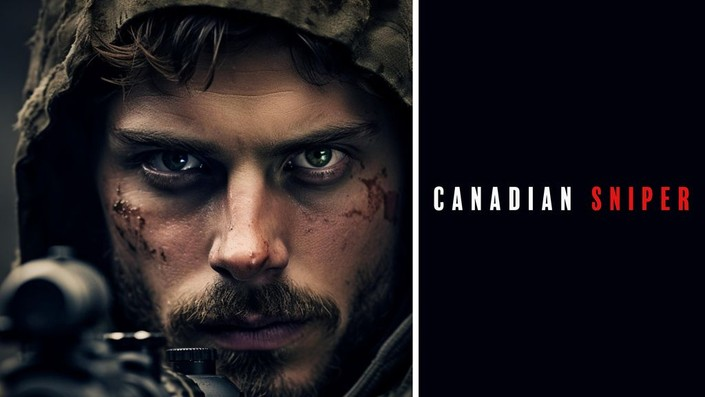
The film opens in Afghanistan, where Canadian forces patrol dusty villages under a burning sun. Into this unforgiving landscape enters our protagonist — a sniper whose calm under pressure hides the storm inside. The opening sequence is as tense as it is quiet: one shot, one life changed, and a ripple of consequences that will follow him home.
Unlike typical war epics, Canadian Sniper takes its time with silence. Long stretches are devoted to the unbearable stillness before a trigger is pulled, the sound of breath against wind, the weight of deciding when a human life becomes a target. These moments are where the film shines — not in firefights, but in stillness, where morality collides with necessity.
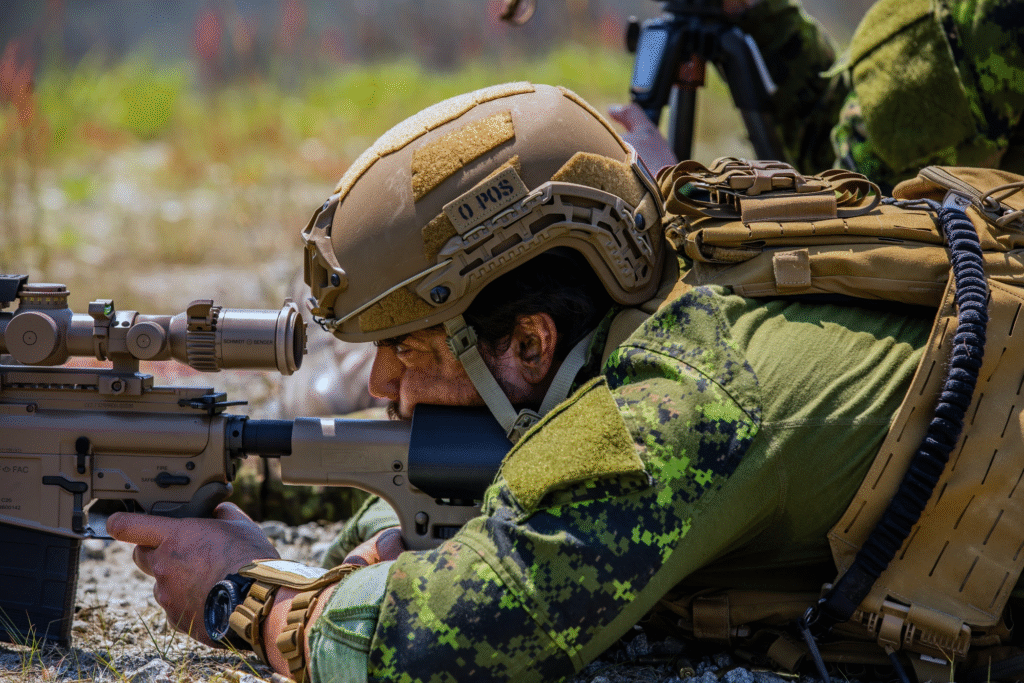
At home, the sniper’s struggles deepen the narrative. Reintegrating into family life, navigating distance from loved ones, and reliving moments of combat through restless nights — these sequences highlight the unseen battles faced by veterans. The film’s courage lies in showing that the war does not end when the deployment does.
The supporting cast strengthens this vision. Fellow soldiers embody camaraderie, gallows humor, and the quiet terror of knowing any patrol could be the last. Back home, family members bring tenderness and frustration, torn between pride and fear for the one they love. Together, they create a portrait of sacrifice that extends well beyond the battlefield.
The cinematography embraces contrasts. Sweeping desert vistas give way to the intimacy of a Canadian suburb. The roar of gunfire fades into the quiet of a dinner table. This duality drives home the theme: the sniper is never fully in one world or the other — he is suspended between them, belonging to both yet at peace in neither.
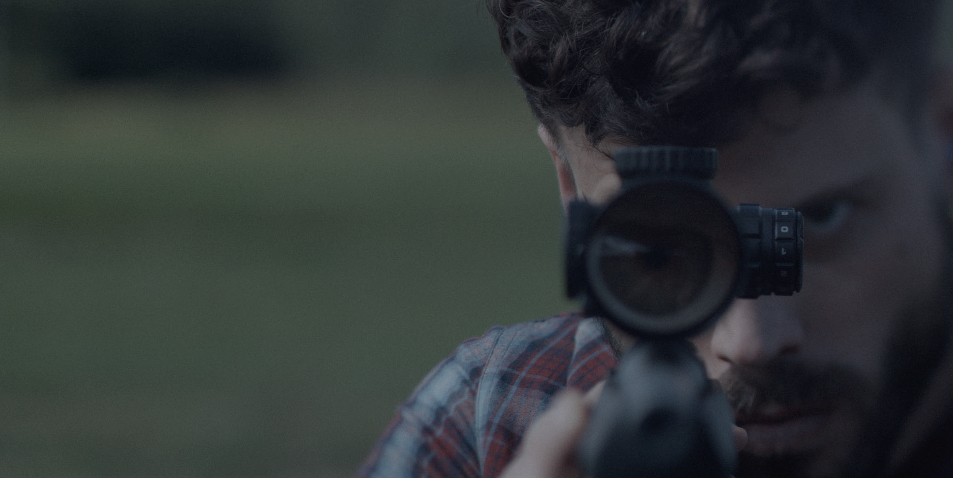
Action sequences are lean and surgical. Every mission is presented as a chess match — positioning, patience, and precision. When violence erupts, it is sudden, shocking, and over in seconds. The restraint makes each bullet resonate louder than any prolonged firefight.
The score underscores this tension with minimalism. Sparse strings, haunting percussion, and stretches of silence mirror the sniper’s world. Rather than swelling into patriotic grandeur, the music reflects ambiguity — pride tempered by sorrow.
By the final act, the film refuses easy resolution. The sniper’s skill may save lives, but it cannot save him from himself. The closing image — a man staring through a scope, unable to lower it even when no enemy is there — lingers long after the credits.
In the end, Canadian Sniper (2024) is not about glorifying the shot taken, but about the cost of taking it. It is a war film stripped of spectacle, a character study of precision and pain, and a reminder that behind every legend is a human being still learning how to live with what they’ve done. 🎯🍁
